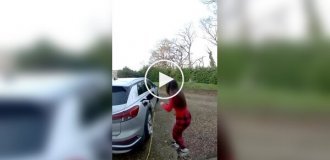Mars rover Curiosity showed earthlings a Martian sunset (5 photos + 1 video)
NASA's Curiosity rover returns stunning photo to Earth sunset on Mars. In the picture, the sun's rays illuminate a bank of clouds, and the light falls below the horizon. 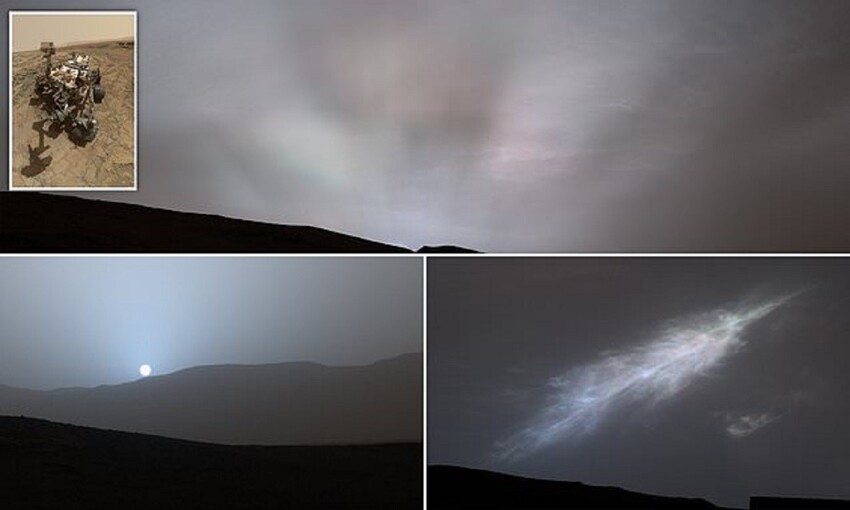

Have you ever dreamed of seeing a sunset on another planet? What well, your dream has come true: now earthlings have a great photo and sunset video on Mars. This is the first time scientists received such clear pictures of the sun's rays illuminating the Red planet. The picture was taken by NASA veteran Mars rover Curiosity, which landed on Mars back in 2012. 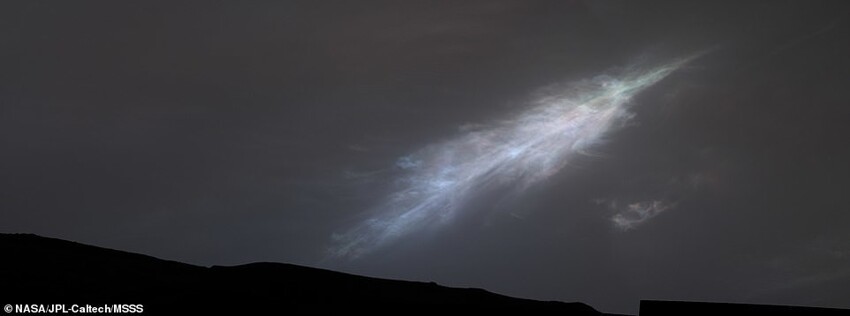
Martian sunsets tend to be darker than those on Earth. but this one is especially attractive because it shows beams of light, illuminating the cloud bank as the sun falls below the horizon.
The photos were taken on Feb. 2 when Curiosity was taking another survey of Martian clouds at dusk. 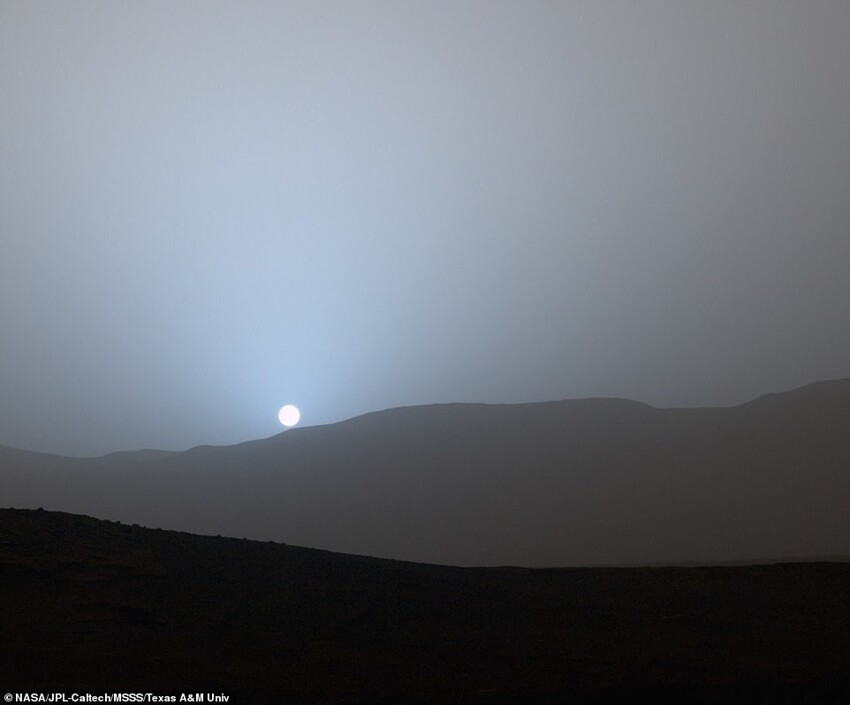
The clouds in the image are not quite normal because they are at a much higher altitude than in most cases. Except Moreover, they have gathered in a very cold zone, which means that they, with most likely composed of carbon dioxide or dry ice. Most of the clouds on Mars are at an altitude of no more than 60 kilometers above the ground and are composed of water ice. 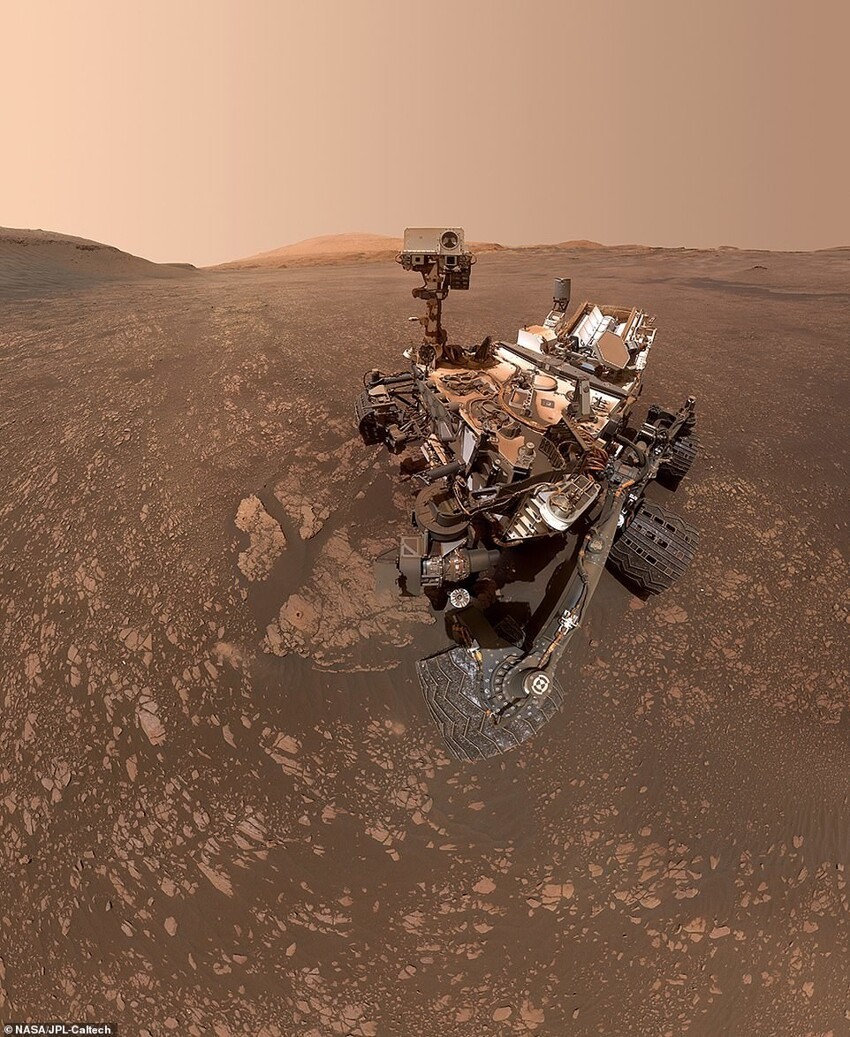
Curiosity's latest study is a follow-up 2021 observations of noctilucent clouds. As on Earth, clouds provide scientists with vital information through which researchers hope to learn more about the planet's weather. Experts can learn a lot about the Martian atmosphere - for example, calculate the speed wind and current temperature - depending on when and where clouds are formed.
Curiosity observations in 2021 were carried out using its black and white navigation cameras, this one while the current the study uses mainly a color mast camera or Mastcam. The difference is that black-and-white cameras allowed scientists to study the structure of a cloud as it moves, while a color camera lets you see how clouds grow over time. New The study began in January and will end in mid-March.
However, the Martian sunset is not the only spectacle that Curiosity captured in the course of this work. He also photographed a group of multi-colored clouds in the form of a feather. In the picture they look almost like a rainbow, because at the time of shooting they were lit by sunlight light and as a result demonstrated a phenomenon known as iridescence.
"Iridescence means that the particle sizes of the cloud are identical the size of their neighbors in each part of the cloud,” said Mark Lemmon, atmospheric physicist at the Space Science Institute in Boulder, Colorado. - Looking at the color transitions, we see a change in particle size in cloud. This phenomenon tells us about how the cloud develops and how its particles change size over time.
Both sunbeams and iridescent clouds were filmed by Curiosity in panoramas and collected from 28 images that were sent NASA engineers to Earth.
This is the second beautiful picture of a Martian sunset, transmitted from the rover. For the first time, Curiosity recorded a series of amazing sunset shots at the end of its 956th Martian day. These images which were combined into animations were filmed with a Mastcam.
Last August, the rover celebrated 10 years of work on Red planet. The device weighing a ton was launched from Earth in November 2011 year and after a difficult nine-month journey, which included "seven minutes of horror "- landing the apparatus blindly on the surface of Mars, - went in search of evidence that Mars once could support life.
Since then, the rover has traveled more than 29 kilometers and climbed 625 meters high, exploring Gale Crater and the foothills of Mount Sharp, located in it. The rover analyzed about 40 rock samples rocks and soils with the help of the set of scientific tools available to him. The rover mission was so successful that, although it initially was supposed to last two years, it was extended for an indefinite period.
For ten years, Curiosity has studied the sky of the Red Planet. He did pictures of glowing clouds and drifting moons, and its radiation sensor allowed scientists to estimate how strong radiation awaits on Mars future astronauts, and like NASAcan ensure their safety. But most the main conclusion was that, as the rover determined, liquid water, building materials and nutrients needed for life support, were present in Gale Crater at least tens of millions of years.
Despite the fact that in February 2021 to curiosity NASA's new Mars rover Perseverance has joined, the veteran continues show good working form and .plans to continue to supply earthlings with information about the Red Planet.







